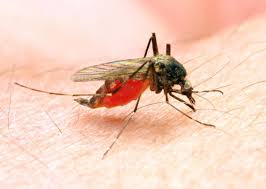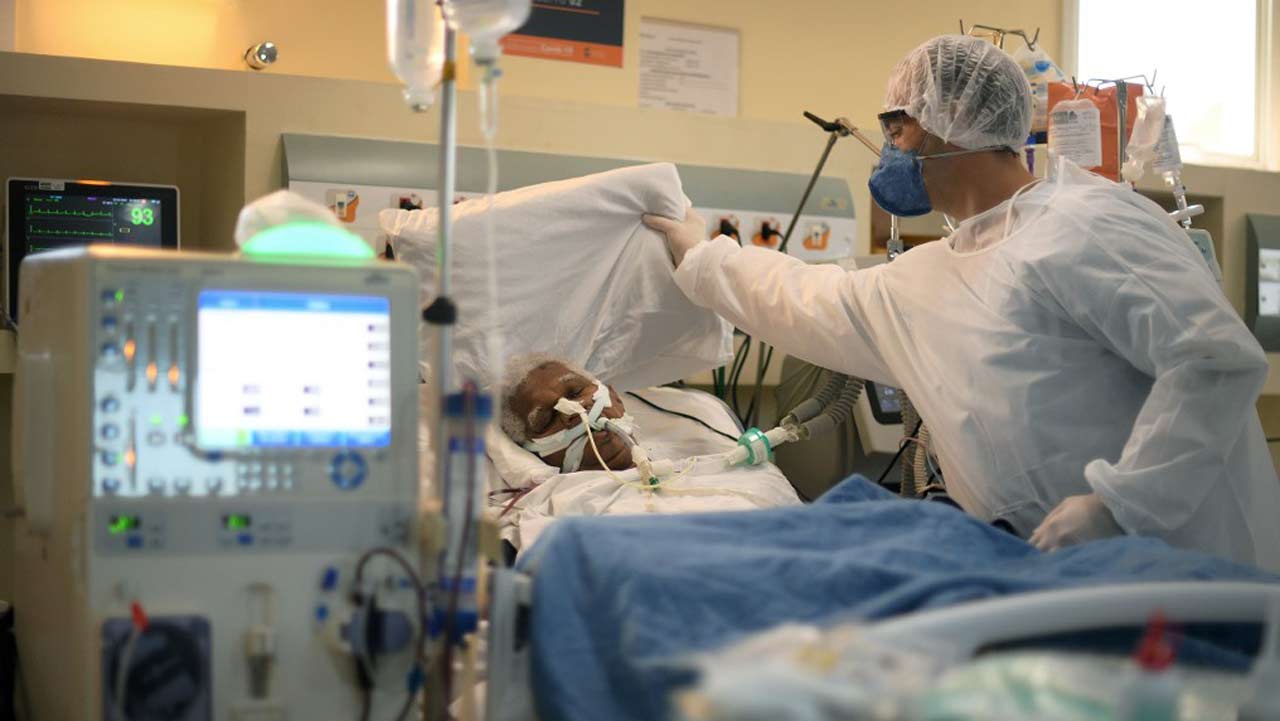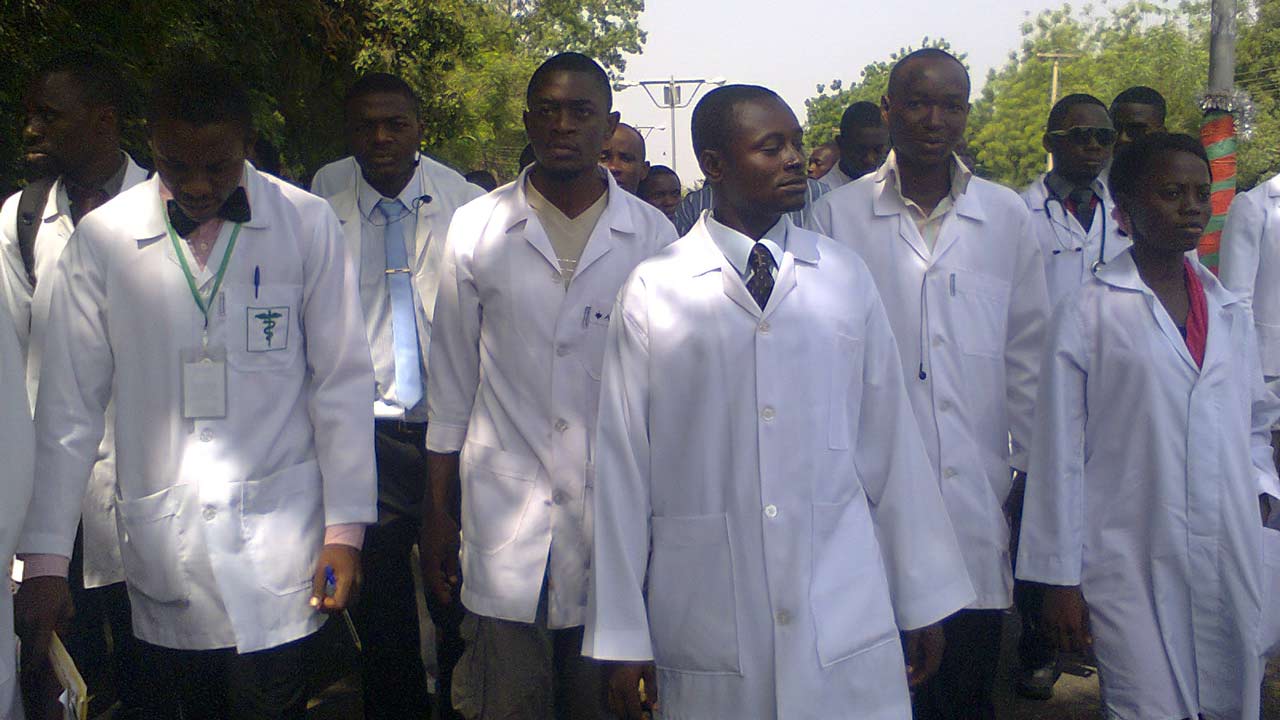African flesh-eating Buruli Ulcer Spreading Rapidly Through Australia
A flesh-eating ulcer epidemic is spreading rapidly across parts of Australia, and experts have no idea what is causing the massive spike in infections or how to prevent the disease. The Buruli ulcer epidemic in Victoria is now so serious that the Medical Journal of Australia are calling for an urgent scientific response.
Numbers of infected victims are on the rise in regional areas of the state, with 275 new reported cases last year and 30 already this year. In the Bayside region confirmed infections have seen a 400 per cent spike in the last four years, News.com.au reported.
Also known as as Bairnsdale ulcer or Daintree ulcer, it causes severe destructive lesions of skin and soft tissue which affects all age groups, including young children. It often results in significant morbidity, loss of limbs, long-term disability and cosmetic deformity.
Infectious diseases consultant Associate Professor Daniel O'Brien from health care provider Barwon Health authored the report, and said most cases have occurred on the Mornington and Bellarine peninsulas.
Native and domestic mammals including possums, dogs, cats and koalas have also developed the disease, according to Professor O'Brien.
'In Australia, cases are frequently reported from the Daintree region (95 cases between 2009 and 2015) and, less commonly, the Capricorn Coast in Queensland, and occasionally from the Northern Territory, New South Wales and Western Australia,' he wrote.
'However, most cases are reported from the temperate south-eastern state of Victoria. The risk of infection appears to be seasonal, with an increased risk in the warmer months.'

Epidemic of flesh-eating Buruli ulcer : what we know
WHAT IS A BURULI ULCER?
* It's a skin infection caused by a bacteria known as Mycobacterium ulcerans
* The organism belongs to the family of bacteria that causes tuberculosis and leprosy
* It typically causes skin ulcers, otherwise known as Buruli ulcer
* It is also known as Bairnsdale or Daintree ulcer
* It can affect the bone and can lead to permanent disfigurement and long-term disability
WHERE DOES IT OCCUR?
* According to WHO, at least 33 countries, including Australia, with tropical, subtropical and temperate climates have reported Buruli ulcer, but mainly in west and central Africa
WHO IS AFFECTED?
* About 2000 cases are reported worldwide each year
* All age groups, including young children, can be infected
HOW IS IT TRANSMITTED?
* The exact method remains unclear, but the disease is often associated with wetlands, especially stagnant water
* Evidence indicates it can not be transmitted from person to person
* Insects, such as mosquitoes, have been shown to contain the bacteria and they may play a role in transmission
* Use of repellent and mosquito nets have been linked to a reduction in occurrence
WHAT DOES IT LOOK LIKE?
* The first sign of Buruli ulcer is usually a painless, non-tender blister-like nodule on the skin, often thought to be an insect bite
* A lesion may occur anywhere on the body but is most common on the limbs
* After one to two months, the nodule may begin to erode, forming a characteristic ulcer
HOW IS IT TREATED?
* In Australia and Japan, most lesions are detected early and diagnosed as a Category 1
* Treatment involves a combination of antibiotics, depending on the patient
* Many sufferers require plastic surgery
Source: AAP - Health Victoria, World Health Organisation, Medical Journal of Australia
Professor O'Brien called on governments to inject funding into research to find out why the disease was growing in Victoria.
He believes understanding risk factors is key to defining the source and transmission route of the disease.
'We are facing a rapidly worsening epidemic of a severe disease without knowing how to prevent it,' Professor O'Brien wrote. 'We therefore need an urgent response based on robust scientific knowledge acquired by a thorough and exhaustive examination of the environment, local fauna, human behaviour and characteristics, and the interactions between them.
'The time to act is now, and we advocate for local, regional and national governments to urgently commit to funding the research needed to stop Buruli ulcer.'
Melbourne youngster Gus Charles started complaining of a lump on his knee not long after a family holiday in Sorrento on the Mornington Peninsula.
By Jessica Green, Sam Duncan and Kylie Stevens | Daily Mail Australia
ABUJA: Training Schedule for Basic Life Support BLS, Pediatric Advanced Life Support (PALS), Advanced Cardiovascular Life Support ACLS, First Aid, CPR, AED
PORTHARCOURT: Training Schedule for Basic Life Support BLS, Pediatric Advanced Life Support (PALS), Advanced Cardiovascular Life Support ACLS, First Aid, CPR, AED
LAGOS: Training Schedule for Basic Life Support BLS, Pediatric Advanced Life Support (PALS), Advanced Cardiovascular Life Support ACLS, First Aid, CPR, AED





